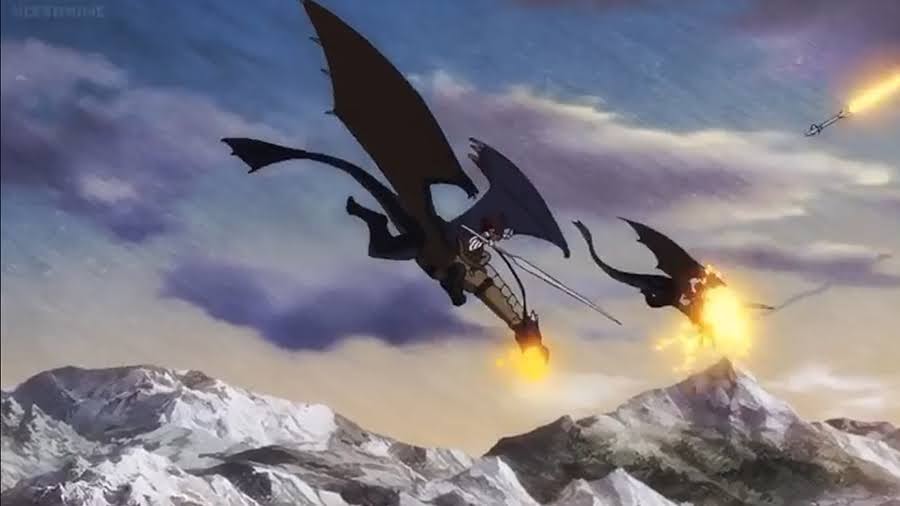Agent23
Ни шагу назад!
You are making a bunch of very generous assumptions in favor of the Sedarans,here.Not all copied that formation though and it did get defeated several times after Gustavus bought it. And there is still the fact the Saderans will have the air and fortifications with their own artillery set up upon which they can fight from.
So this will turn the fight in their favor quickly and allow them to capture guns and personnel. They also will have seized the arsenal of Tulln already with guns and powder stored in it as well.
Europe and the Ottomans can eventually learn to counter the Wyverns by altering their pike formations and adopting rifling more rapidly and improving bullets to shoot higher and be easier to reload.
But in the meantime, the Saderans will have gained a solid hold in Austria and adopting guns and experimenting on use of magical enhancements to guns.
First, that the Sedarans will be able to adapt to new weapons and tactics rapidly enough as to be able to capitalize on what they have captured.
Their army has been in technological stasis for, what, 500 -1000 years?
And they have been top dog for a long time, too.
Frankly, most of their officers aside from Weird Beach Drink princess were quite incompetent and full of themselves, and they were led by inbred, powerhungry nobles.
Hell, whatever their gods have done to inhibit them from improving military tech might still be working.
Second, that they have the numbers to win against the armies of both the Turks and the Holy League.
The Holy league had 70 000 and the Turks 150 000.
Even if they don't decide that the roman-looking heathens are sent by Shaitan and join forces to fight the witches and beasts of hell, one army can bleed them and then leave them for the other one.
I am pretty sure that one Musketeer or Janissary could account for 2, maybe 3 legionaries given the technological and martial advantage the Europeans and Turks had.
Mages were also fairly rare and not that effective, iirc there was this one that threw small rocks at the enemy, and got the M-60 treatment for his troubles.
They had been fighting with near peer competitors most of the time, whileas the Empire, iirc was basically top dog, which means degraded discipline and lack of competitiveness.
Also, I think the wiverns might get spooked by gunpowder as well, given that horses need special training to cope with the noise.

